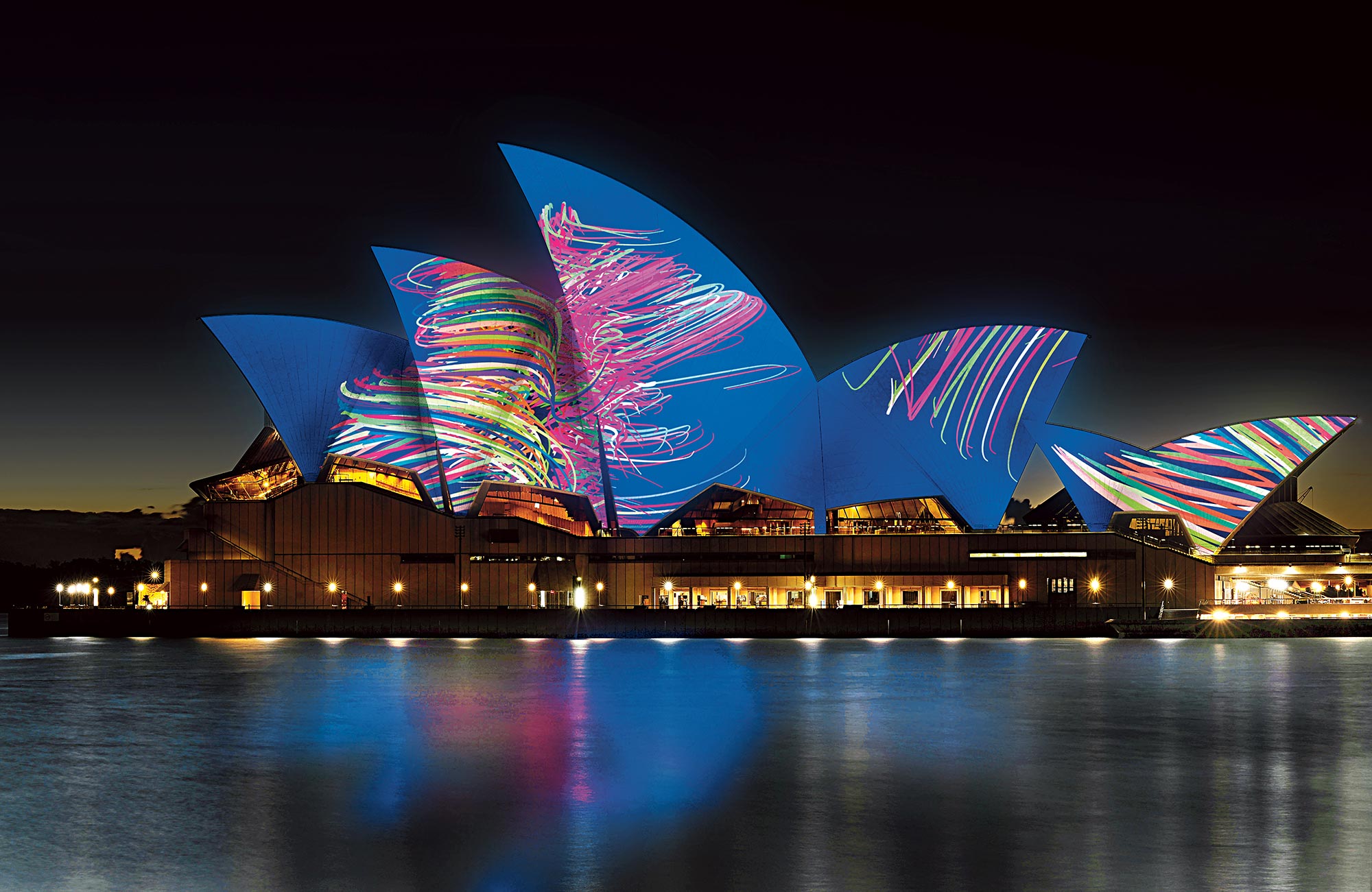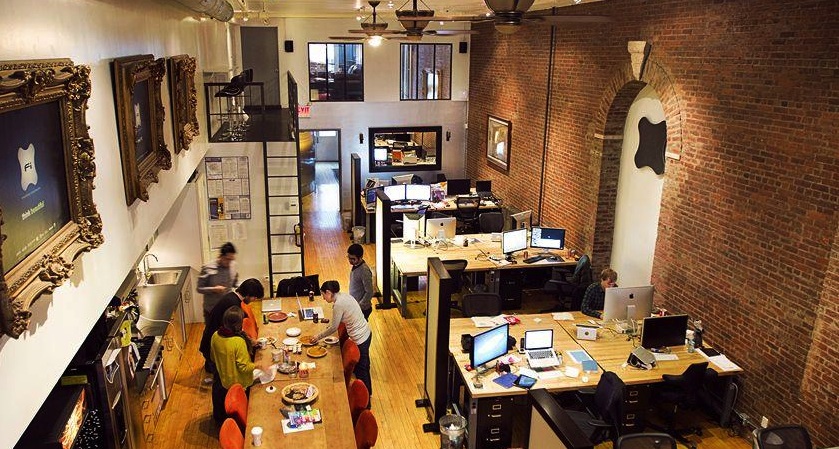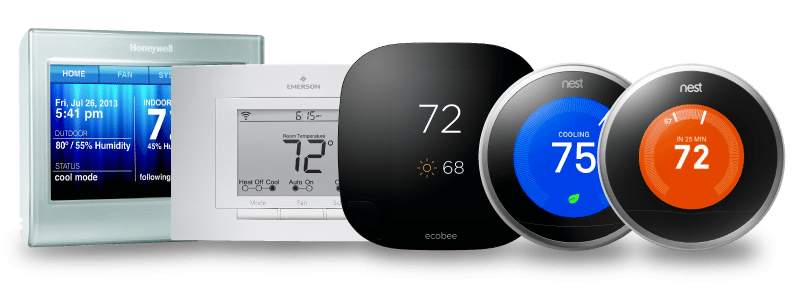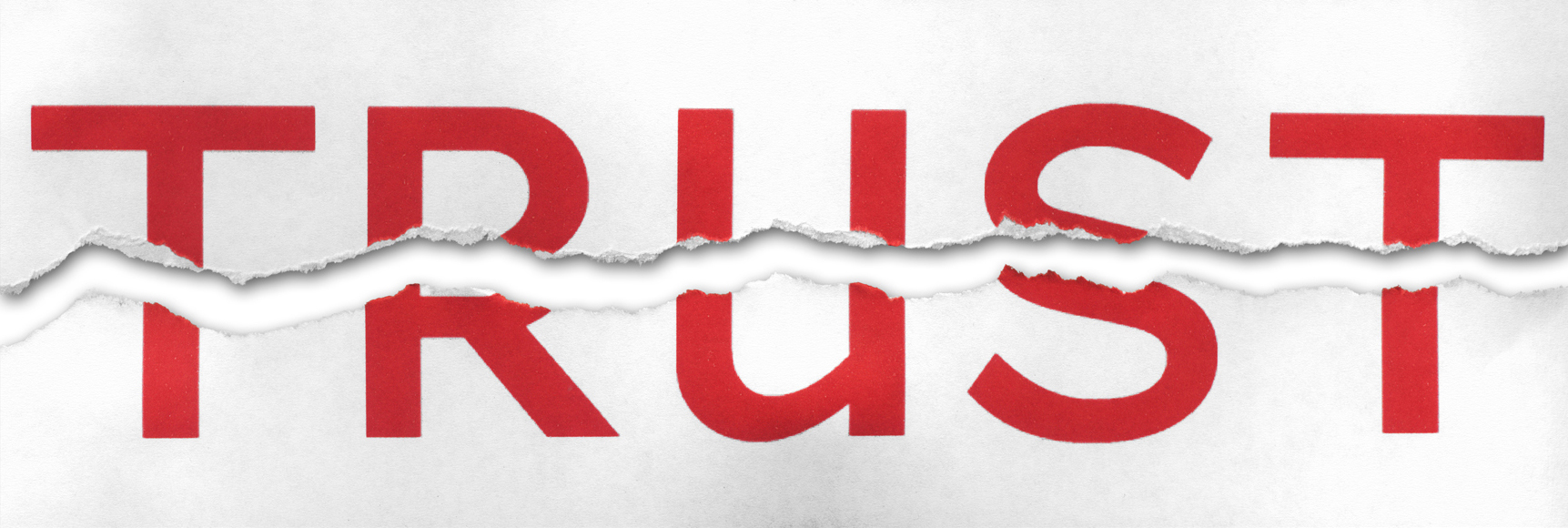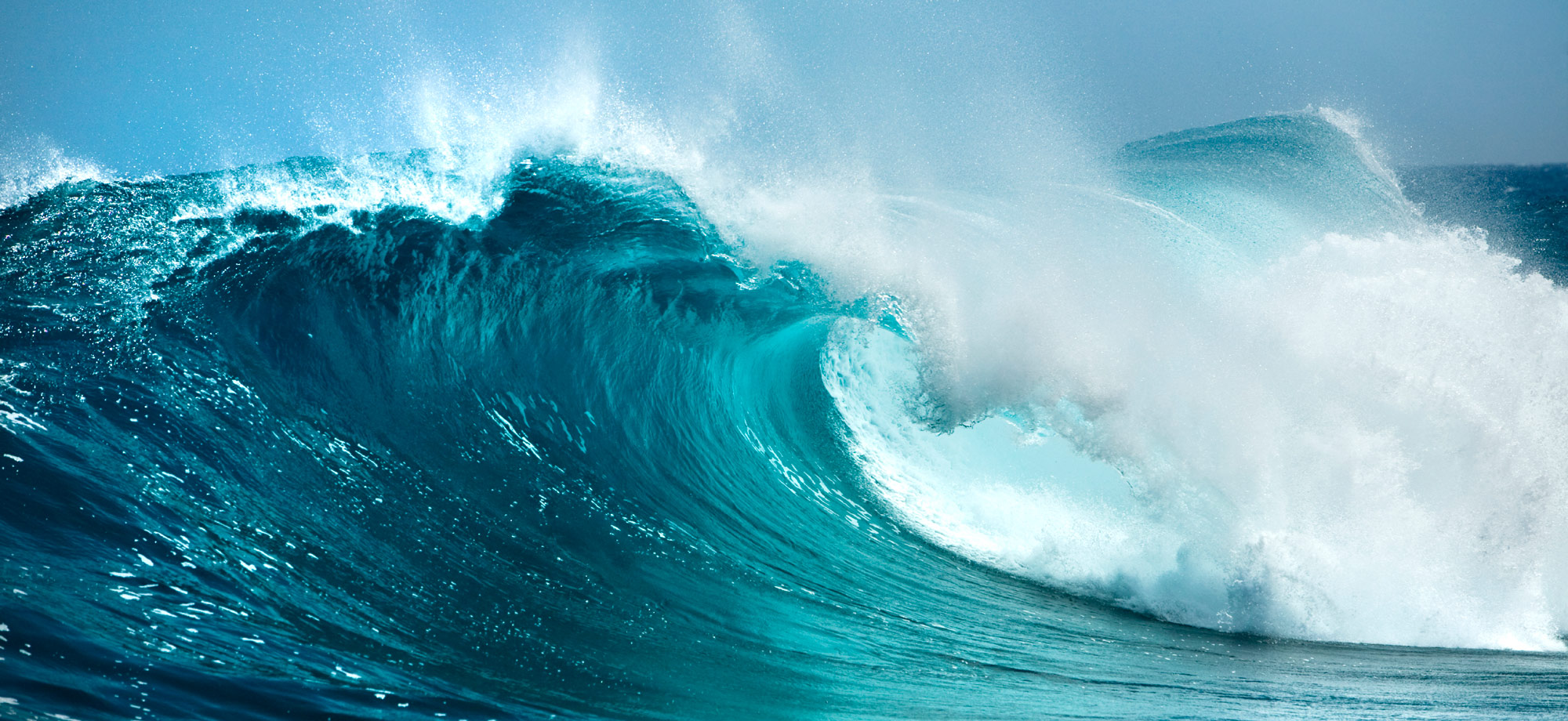As Winter sets upon the city of Sydney, so does one of Sydney’s largest and most dazzling events of the year. VIVID festival of light, music and ideas transforms Sydney into a fairytale wonderland of glowing light installations and innovative technology which sees artists from around the globe come together to create cutting edge light displays dotted around the city and projected onto buildings.
But surely this large-scale festival for the senses comes at a cost – how does the city power this glorious event? And is it bad for the environment?
When you consider that there are around 76 light installations and displays throughout the event, it’s hard to believe the energy consumption is actually much lower than you might expect. In a report done by Origin Energy in 2011, it was found that of the total carbon footprint produced by the festival, only 2% of that was electricity usage. The majority of carbon emissions produced by the event actually come from both domestic and international flights into Sydney carrying artists and musicians participating in the event.

It’s no surprise the event utilizes the latest in energy efficient technology for its many large scale light projections, and the event uses LEDs – the most energy efficient light bulb – to power it’s many light installations. Amazingly, lighting the Sydney Harbour Bridge for VIVID actually uses less energy in one night than the bridge’s conventional lighting. The festival’s lights turn off at midnight, allowing the city to slip into slumber and to ensure no unnecessary use of power.
VIVID is no stranger to experimenting with new and innovative ways to light up the city without wasting energy. In 2009, an installation called Cycle allowed visitors to power the artwork by pedaling bikes hooked up to generators. And a local initiative by homes and businesses along the popular Light Walk which is an installation that runs through Circular Quay and the Rocks sees the community come together in solidarity to make efforts to reduce energy consumption by switching their lights off during the event to offset the low levels of energy being consumed by the installations along the walk. The user of the latest efficient lighting technology along the walk ensures the lowest possible environmental impact.

When you also consider the amount of energy savings being made by both locals and tourists coming to the event by switching off their lighting and electricity in their homes for the evening, the amount of carbon emissions saved would equate to something similar to 120 times the amount of carbon emissions produced from powering the entire event.
The festival proves such a grand production can be both awe-inspiringly magical and completely sustainable at the same time. VIVID runs for 18 nights from 22nd May – 18 June 2015.

